
Atopy or inhaled allergies happens when your animal develops
antibodies in response to environmental allergens. This
condition tends to be seasonal but sometimes can affect your pet
all year round. This results in itchiness (often directed to the
face and feet) and recurrent skin problems such as bacterial
infection (pyoderma), yeast infection, skin eruption (papules or
miliary dermatitis), and ear infections (otitis). Sometimes,
food allergies can also be suspected as a cause of itchiness.
Unlike inhaled allergies, there is no good blood test for food
allergies, and a hypoallergenic food trial (novel
protein/carbohydrate) must be done to rule out this condition.
Together, working with your veterinarian, the goal is to treat
your pet’s underlying allergic condition and help your pet be
less itchy and more comfortable. If there are any problems or
questions regarding your pet’s treatment, please contact your
veterinarian. Allergy testing
Serum tests for allergies (allergy specific IgE serology) are
useful to determine what elements in the environment are
aggravating your pet’s skin condition and to determine which
elements your pet should avoid. The results of this test are
used to formulate the allergens that are included in the
hyposensitization kit. Skin tests (intradermal) are also quite
sensitive but must be done with a dermatologist since this
necessitates special equipment. This serum test, done through
your veterinarian, is sent to an outside laboratory and includes
many specific plants and elements for the northwest California
area. Among those included on the test are: nonseasonal items
such as house dust mites, insects, danders (from cats and
humans) and molds as well as seasonal items- tree, grass and
weed pollens and outdoor molds.
Once the results of the test are obtained (this test takes 10-14
days), your veterinarian will review these with you and
recommend formulation of the allergens used for
hyposensitization. Usually, there are 10-12 allergens for which
hyposensitization is done through the same lab. (this also takes
10-14 days). The hospital will contact you to schedule an
appointment for a demonstration of how to give the injections
and to review the protocol. Hyposensitization is the
administration of gradually increasing quantities of allergen
extracts to a dog or cat to diminish the adverse signs
associated with exposure to that allergen. This is done by a
series of subcutaneous injections given by you, the owner, at
home on a regular basis. Often, this can be done just before a
meal or treat is given so that there is a reward for the pet
receiving its shot. The goal is to make your pet less sensitive
to those items to which he/she is overly sensitive to now.
Protocols
The initial loading phase consists of low doses and small
quantities given every 2-7 days with incremental increases to
larger quantities given less frequently, every 1-3 weeks. You
will receive a schedule but sometimes, the frequency and
quantity of the injections must be varied. Some animals improve
within a few weeks but most take many months.
Concurrent treatment
Although the goal is to treat the underlying problem with the
allergies, sometimes, medical treatment aimed at controlling the
signs is necessary. This is done with steroidal
anti-inflammatory drugs (prednisone or prednisolone) or
anti-histamines (such as benadryl, atarax, clemastine or
chlorophenaramine) to help with itchiness. Essential fatty acids
(omega 3, 6 fatty acids) in the form of Derm-caps or Lipiderm
are helpful in treating allergic pets.
Safety and adverse reactions
Localized swelling, redness, itchiness or pain at the injection
site, usually within an hour of administering the injection, can
occur but this is not common. Pretreatment with anti-histamines
and/or varying the amount of allergen can control these
reactions. Anaphylaxis or complete collapse from a whole body
adverse reaction to the injection is extremely rare.
Nonetheless, it is a wise precaution to observe the pet for one
hour after each injection.
Recheck evaluations
Rechecking with your veterinarian on a regular basis- every 3
months- throughout the first year of treatment is important in
assessing the improvement and determining the frequency of
injections since some animals will need injections more or less
frequently than the schedule indicates. It is also important to
control other problems such as yeast and bacterial skin and ear
infections that may arise.
Troubleshooting
There is a schedule for injection amounts and frequencies for
the hyposensitization protocol, but these are only general
guidelines. According to your pet’s response, there may need to
be changes made, but these should be initiated by your
veterinarian since there are many factors that contribute to
itchiness.
If itchiness decreases after each injection but then slowly
increases again before the next injection is due, the allergy
shots may not be lasting long enough. Your veterinarian may
recommend that the injections be given more frequently and given
when a flare up in itchiness is expected.
If the itchiness increases after each injection and then the pet
is less itchy before the next injection is due, the allergy
shots may be dosed too high. Your veterinarian may recommend to
decrease the dose by 25%.
Items needed
Your allergen kit has been specifically formulated for your pet.
Initially, this consists of two vials- vial 1- a start-up vial
half-full and more pale in color which is used in the initial
phases of small, dilute amounts when first starting
hyposensitization; vial 2- maintenance vial which is a darker
color when the next phase of treatment is started. These
allergens must be refrigerated. If these are accidentally kept
at room temperature for a short period of time, this should not
interfere with their efficacy. When you start to run low (below
half a bottle), please contact the hospital to request a refill
of the allergens. Please allow 10-14 days to order these.
Refills will be only 1 vial.
Needles and syringes
You will be given tuberculin 1cc (1ml) syringes and 3 cc (3 mls)
syringes as well as 22 gauge (blue cap) needles to draw up the
solution and 25 gauge (red cap) needles for administering the
injection. After using the needles and syringes, save them and
return them to the hospital for disposal.
Prognosis
This is a long term treatment, not a “quick fix” and treatment
is often life long. While most pets will show some degree of
improvement on this treatment regime within the first 4-6
months, occasionally, it can take up to a year. It is
recommended that hyposensitization be continued for at least one
year before a response or lack of response can be evaluated.
Remember that this isn’t a “quick fix” but allows you to treat
your pet’s underlying problem unlike treatment with steroids and
anti-histamines which just help the pet to cope with the
symptoms of itchiness.
The above is general veterinary information. Do not begin
any course of treatment without consulting your regular
veterinarian. All animals should be examined at least once every
12 months.
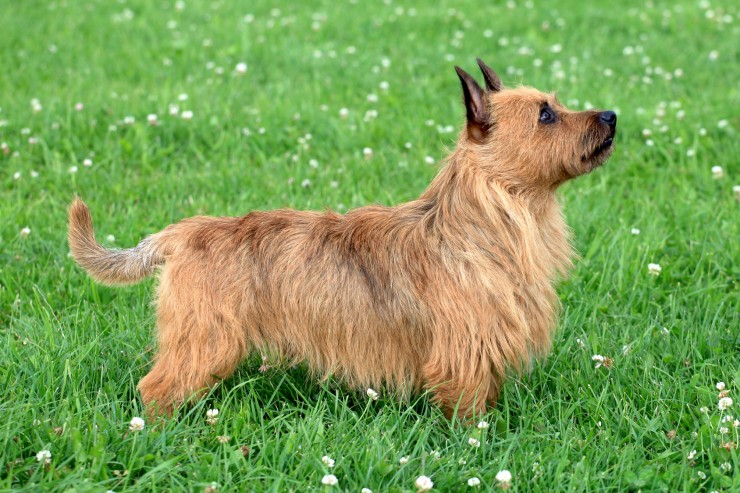 The Australian Terrier As A Family Pet
The Australian Te
The Australian Terrier As A Family Pet
The Australian Te
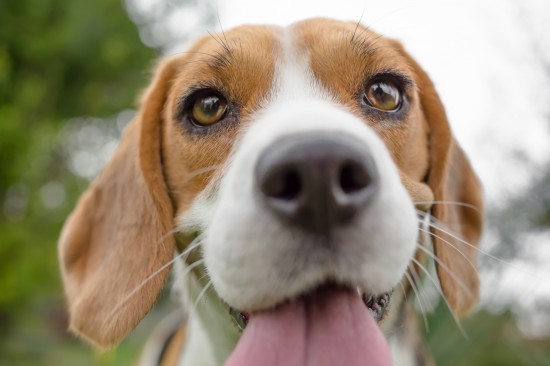 Beagle Pain Syndrome
Beagle Pain Syndr
Beagle Pain Syndrome
Beagle Pain Syndr
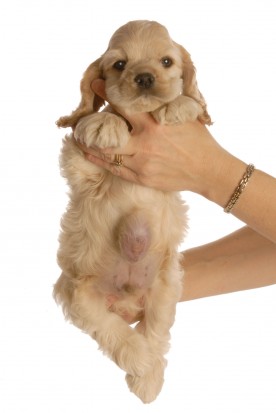 5 Types Of Hernia Commonly Seen In Dogs
5 Types Of Hernia
5 Types Of Hernia Commonly Seen In Dogs
5 Types Of Hernia
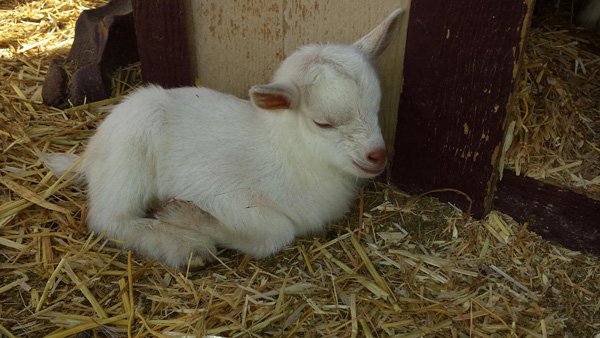 Get The Best Dog and Cat Training Treats
Get The Best Dog and Cat Training Treats
Cheap
Get The Best Dog and Cat Training Treats
Get The Best Dog and Cat Training Treats
Cheap
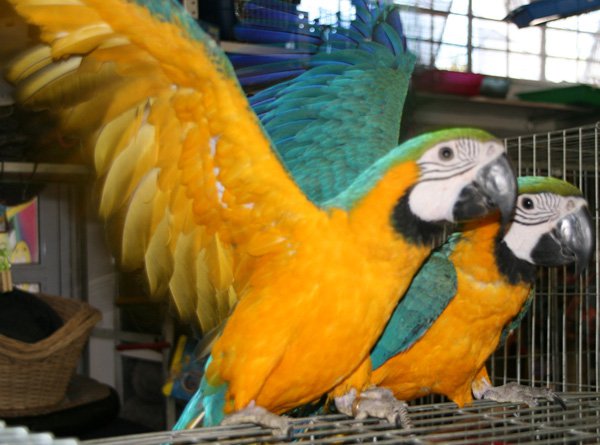 Benefits Of Retractable Dog Leash with Flashlight
Benefits Of Retractable Dog Leash with Flashlight
Benefits Of Retractable Dog Leash with Flashlight
Benefits Of Retractable Dog Leash with Flashlight
Copyright © 2005-2016 Pet Information All Rights Reserved
Contact us: www162date@outlook.com